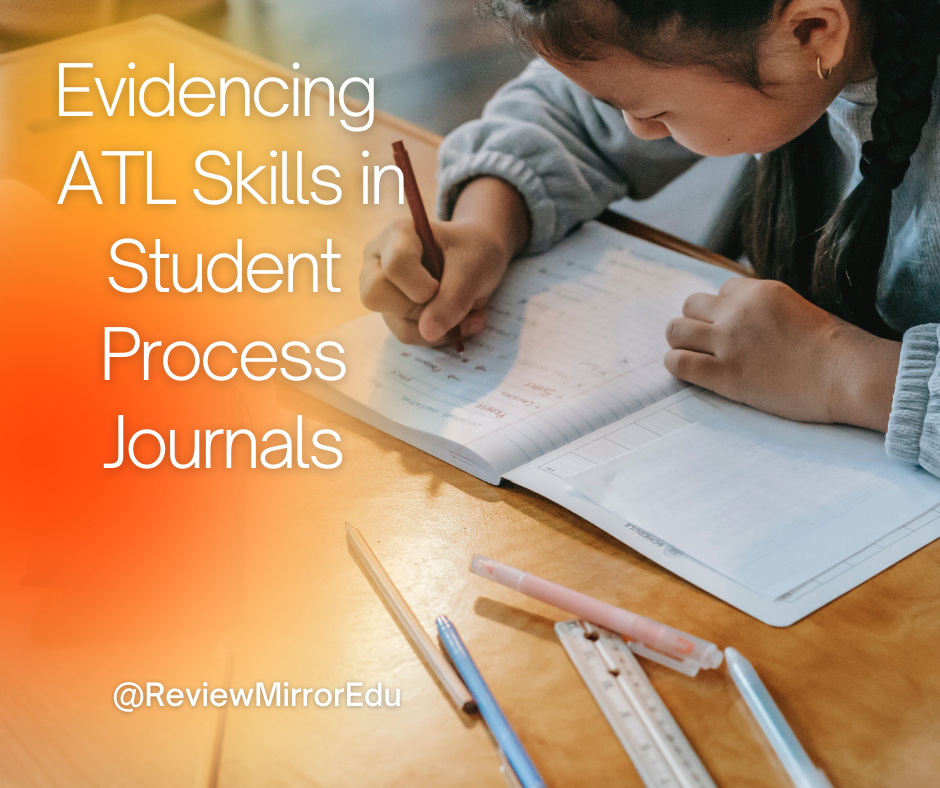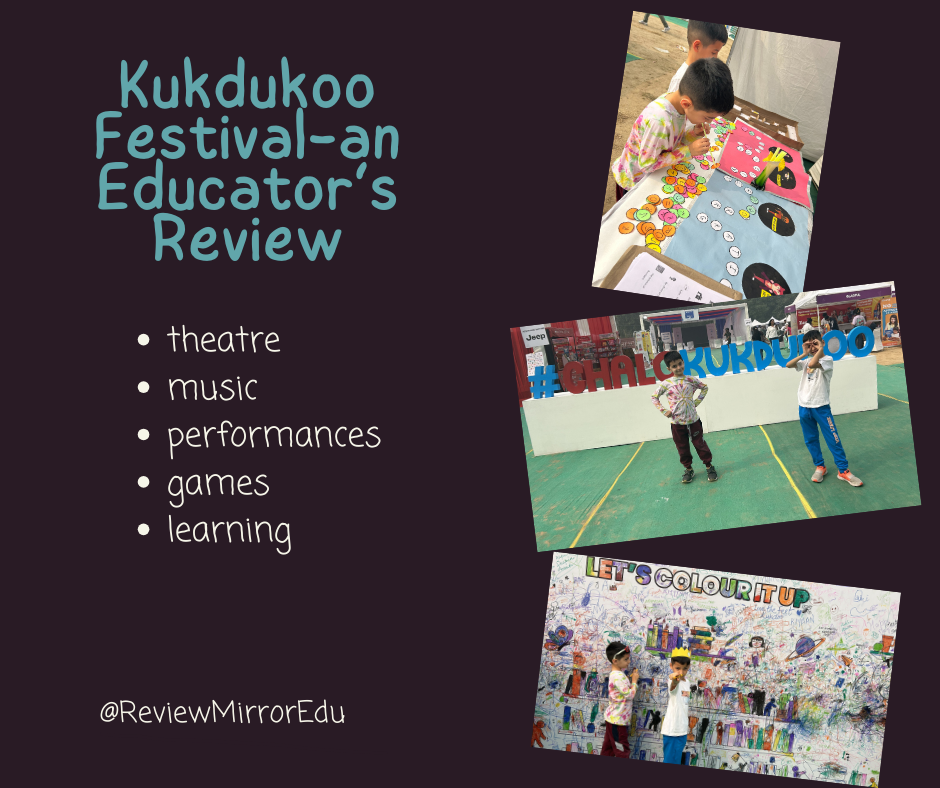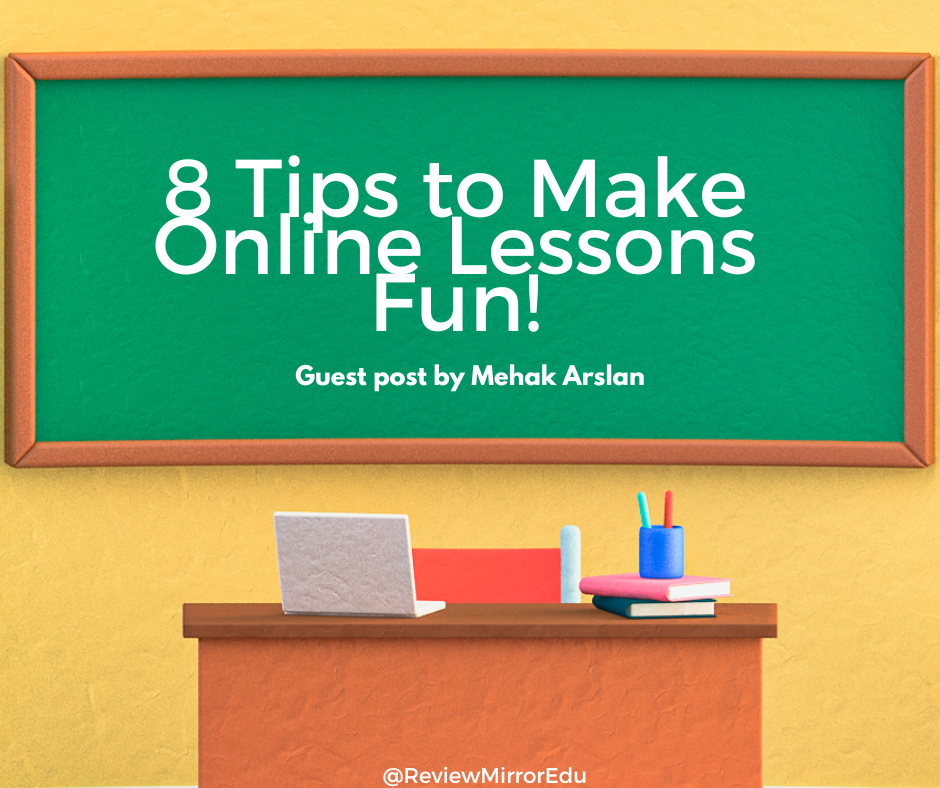When I go down memory lane and ponder about the teachers I loved and valued the most, I see that my memories are built on the relationship that we shared. My history teacher was always fair and understood what I had to say during debates and discussions. My English teacher inspired me to write in a journal and was my confidante during my troublesome teens. I disliked my economics teacher because she seemed like she never took the time to get to know me. These complicated recollections are unrelated to the subjects they taught, and are more to do with ‘ how’ they went about that journey. These tips are, in my opinion, crucial in creating a classroom that has a foundation based on positivity and lifelong learning.
Tip 1
Use warm language– Warm language is a way of bringing an element of storytelling into everything you do in a classroom. All knowledge should be disseminated in a lively and engaging way that draws the learner in instantly. Voice modulation, volume and pitch play a dominant role here, you don’t want to lose your audience before you even begin to teach! A smile always exudes positivity and encourages your audience to pay attention, while laughter ensures that the anecdote will not be forgotten. Young children are particularly in tune with body language and can quickly sense whether their facilitator is angry, happy or sad. This sets the tone for the day, and warm language assures your students that they are in a secure environment without judgment.

Tip 2

Remember the SEL in Counsel– A teacher is not only the facilitator of knowledge but wears many hats. At times, they can be a friend having a laugh at the banalities of life, at others, a well-wisher offering guidance on how to get through tough times. These hats are juggled constantly to suit the SEL (social and emotional) needs of the pupils. A student that is ill at ease or disturbed will not be able to emotionally regulate during the school day, much less focus on lessons and absorb facts and figures. A brief talk with a teacher can spur the child to talk about his or her needs or troubles, and this role of a teacher is of utmost importance in my mind. I have, on occasion, stopped teaching completely when I sense that there is strife among the students, and we have ventured to the indoor badminton court to have an impromptu SEL session. Never hesitate to intervene if you sense a child in emotional discord, you have the power to change their day for the better.
Tip 3

F.U.N (Finally understanding nicely)– I coined this acronym in my early teaching days when I realized that any activity with an element of fun stood a better chance of making the students understand a concept thoroughly. Science has proved that having fun not only keeps your brain functioning at a higher rate, but it usually has a positive effect on our relationships and reduces stress. Introducing a math concept through a game eases the students into the topic, and the groups involved build bonds while they play. Thinking of engaging games for our classrooms keeps us teachers on our toes as well doesn’t it?


Tip 4
Try new things- As teachers, we tend to settle into comfortable niches once we find something that works with our students. The pandemic threw most of us for a loop and we had to find new ways to cope with teaching and learning. I believe that teachers all around the world grew through the process of change, and this is an essential element of becoming a great teacher. Experimenting with technology, catering to several learning styles, finding new ways to include disabilities in the classroom are vital parts of being a competent and much-loved teacher.

Tip 5
Young at heart, no matter how old you are– To be a fabulous teacher, you need to be able to connect with your students. They will want to tell you stories about their day and what they like to do in their spare time. They may ask you to partake in their favourite activities. I will never forget when my students asked me to do ‘the floss’. I have never before felt like such a fool, and never have I heard so much laughter echoing in my class. Tears of mirth ran down my face as I flailed my arms ineffectually while the children demonstrated exactly what I was doing wrong. This became a standing insider joke in our classroom and helped us to bond with each other. I can only hope that the students retain these memories as fondly as I do. When we went to an adventure camp, I was most terrified of the zip line, and my students cheered me on as I took the final leap (ahem, I was actually pushed off by the camp leader as I was taking too long to jump). I high fived my students with solidarity while secretly vowing never to do something like that again. You live and you learn, but try everything once!

I will be back with another blog post with more tips on how to be a great teacher soon. Do comment below and let me know what you think makes a great teacher!







Leave a comment